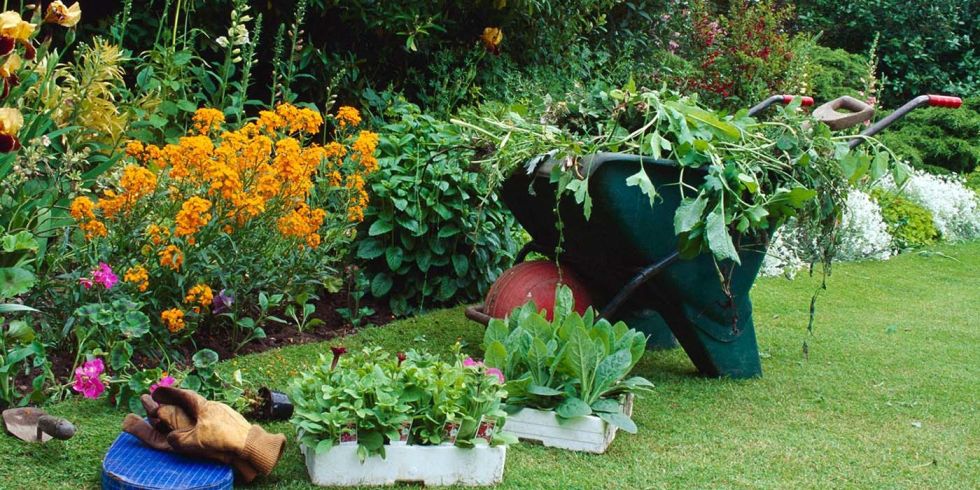
Planning your garden so that you’re planting in the right places is important for growing healthy plants, but even so, pests and diseases can scupper your good work. Catching problems early is key to keeping your garden bug-and disease-free. While you’re watering the plants, keep an eye out for brown, curled or discoloured leaves, holes in leaves, or stems that have died.
If you spot a problem, the cause is likely to be one of these:
Environmental conditions The wrong surroundings means plants are stressed.
Pests Slugs, snails and aphids are the most common.
Diseases The most unusual problems and the most difficult to deal with.
IN THE WRONG PLACE
If a plant is too dry it will be the older leaves, not the young fresh ones, that will turn brown and die. If a plant is too wet it may start to rot at the stem and there may be brown or white mould on the stem or leaves. These problems are relatively obvious and easy to deal with.
Other issues may be that the spot is too windy, or there aren’t enough nutrients in the soil. Maybe the dog is sitting on the plants or children are using the leaves for their games. A little detective work should help you discover the problem.
PESTS AND BUGS
Usually these are big enough to be seen. Aphids – green, black or white fly – are large enough to spot, usually on juicy new leaves or stems, while slugs, snails and caterpillars will eat great chunks out of leaves and may even remove the leaf altogether. Then there are vine weevils, which take semi-circular notches out of leaves, and are difficult to catch. It’s important to deal with them though as left unchecked they’ll kill the plants. For the best ways to tackle them, see the box below.
DISEASES
Disease is tricky to spot and deal with so it’s worth eliminating the two previously mentioned causes first. If you think your plant is diseased, it probably has a virus, fungus or bacteria. The most common are things like botrytis and leaf spot.
As a very rough guide, fungus is a mould-like growth that will make the plant look and feel squishy. Bacterial infections show up as brown or black marks or spots, which are the cells dying around the infection. Viruses come from inside the plant so the plant veins will discolour.Remember: mould is fungus, mottling is bacteria, marbling is a virus.
If a leaf looks unlike the others on the plant, especially if it has mottling, mould, or marbling, remove it from the garden (don’t even put it in the compost) and watch out for other leaves going the same way. There are some effective fungicides but for bacteria and viral infections the best treatment is removal.






